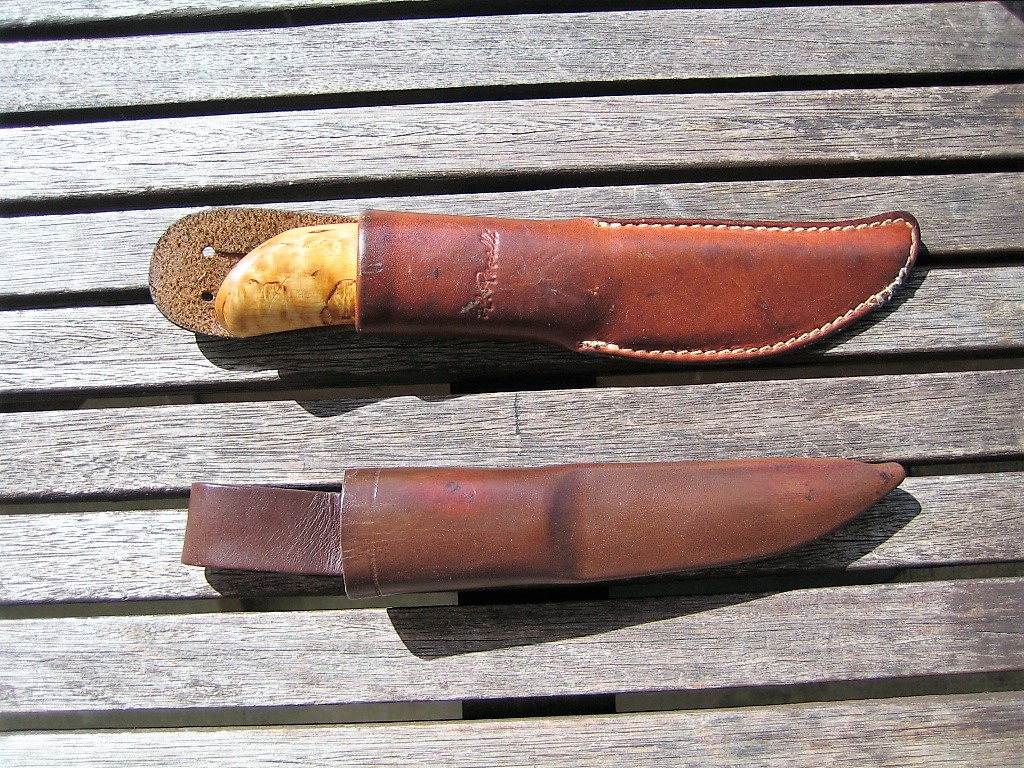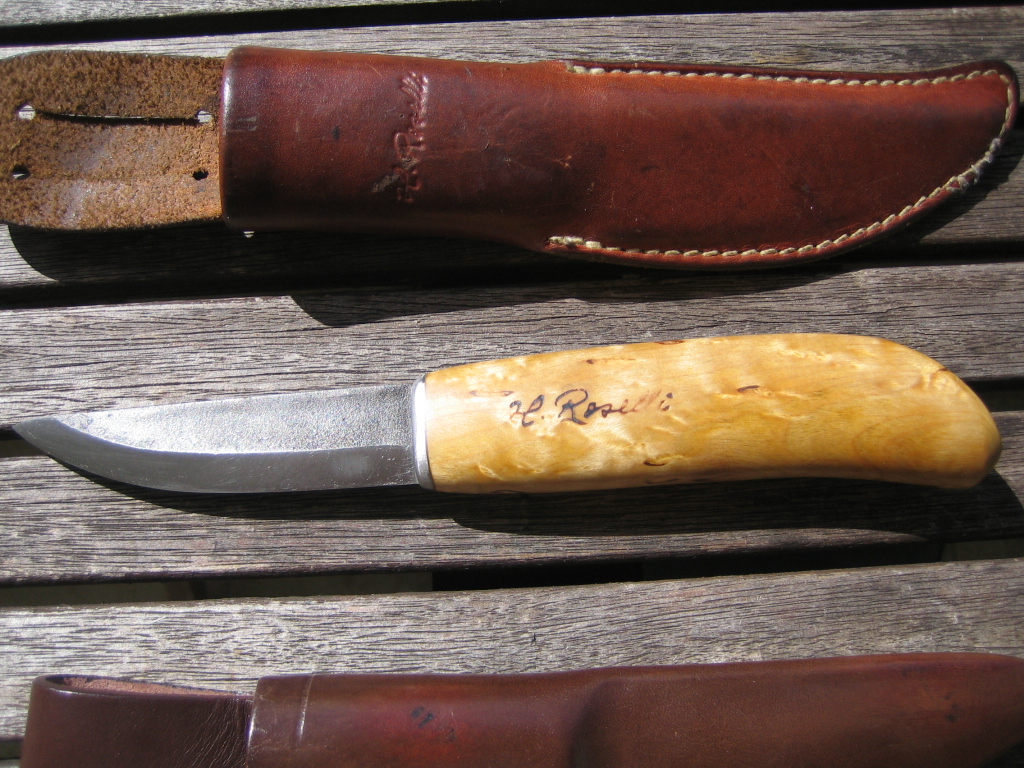Pour la gorge sur la lame:Extrait d’un bouquin de Benjamin Sobieck.
The Writer’s Guide to Weapons: A Practical Reference for Using Firearms and Knives in Fiction (Writer’s Digest Books)
Blood grooves” sure do sound cool, don’t they? The term is a hair away from “gore trench,” “kill ditch” or “splatter line.” All of these would make for fine garage band names, but we’re talking about knives here. And that’s why I need to clear something up about blood grooves.
Blood grooves consist of a long depression cut into a blade.
It’s said blood grooves channel fluids away or reduce suction when the blade is removed from flesh (or, more likely for most people, watermelons). I got news for you. Gravity takes care of fluids and suction is going to happen anyway.
Instead, blood grooves are worked into a blade to reduce its weight without sacrificing length. This helps a knifemaker or designer achieve better balance. Blood grooves may also be used for looks, since people think they’re badass.
Well, there’s nothing badass about the technical name for blood grooves, “fullers.” Snooze. Sword makers originally used fullers for balance before the technique was imported into knives.
I’ve only read a few instances from novels where blood grooves are mentioned. If you decide to do the same when writing, just keep in mind their only practical purposes are balance and aesthetics.
Bon en gros l’auteur Dit que c’est pour l’equilibre Et l’esthétique .
Roselli le Club
Re: Roselli le Club
Dernière édition par phd29 le 03 Avr 2019 17:59, édité 1 fois au total.
Je m'empresse de rire de tout de peur d'être obligé d'en pleurer.Beaumarchais
-

phd29 - regard de Breizh
- Messages: 14943
- Inscrit le: 06 Nov 2012 00:36
- Localisation: Konkerne finistère
Re: Roselli le Club
ETPhonehome a écrit:baalot a écrit:freddy1 a écrit:C'est pour différencier facilement les deux aciers lors des TT des lames de hunter.
En fait, j'en sais rien, mais c'est possible
Je pense pareil. Enfin pas juste pour les TT, pour toutes les étapes, y compris la vente. Je pense.
Je ne suis pas certain, j'essaierai de poser la question chez Roselli à l'occasion.
Faut surtout lui demander si il ne veut pas en refaire comme les premiers

-
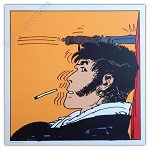
saniloc - Messages: 427
- Inscrit le: 14 Sep 2017 18:29
Re: Roselli le Club
Elle est géniale cette citation 
Depuis que Sal et Eric Glesser ont inventé le Para 3, tous les autres couteaux moches n'ont pas de sens à part se faire plaisir...
-

BetterCallSal - Syntaxe du mâle
- Messages: 29517
- Inscrit le: 18 Juin 2016 17:57
- Localisation: A Bicycletteuuuuuuuuuuuuu....
Re: Roselli le Club
phd29 a écrit:Pour la gorge sur la lame:Extrait d’un bouquin de Benjamin Sobieck.
…….
Bon en gros l’auteur Dit que c’est pour l’equilibre Et l’esthétique .
Ok merci. Bon histoire d'embêter Ghjallone, je penche pour l'équilibre pour le roselli hunter. Et pour Le grand hunter si y a pas de blood groove c'est qu'avoir du poids sur l'avant c'est bien pour les coupes à la volée. Si ET pose la question direct chez roselli pour ces détails, je ne suis pas contre. Le luxe !!!
-
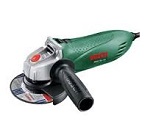
geiser - Messages: 1172
- Inscrit le: 26 Aoû 2016 15:07
Re: Roselli le Club
jebstuart a écrit:J 'ai reçu mon Roselli avec un étuis custom en plus :

Ton 2éme Carpenter alors?
Par moment j'aimerai me sentir aussi affuté que certains de mes couteaux!
-

ETPhonehome - Père de Manches
- Messages: 23260
- Inscrit le: 01 Avr 2013 17:16
- Localisation: Gironde
Re: Roselli le Club
Troisième .
Mais celui là je le garde .
Mais celui là je le garde .
Dernière édition par jebstuart le 03 Avr 2019 19:33, édité 1 fois au total.
-

jebstuart - Seax intentions
- Messages: 9468
- Inscrit le: 15 Mar 2007 11:08
- Localisation: Brie Comte Robert
Re: Roselli le Club
baalot a écrit:Parce que les gars ont remarqué que le sang coulait volontiers par cette rigole, qu'elle que fut son utilité au départ ? Par "erreur" ?
Ce serait pas la première fois que la naissance d'un terme ou expression suivrait des chemins tortueux.
Ouais! la preuve.
"J'aime ce plastique noble … " . OnOff
"j'entoure le manche avec du vélin d'autruche noire, c'est cher mais c'est la classe …" . freddy1
"j'entoure le manche avec du vélin d'autruche noire, c'est cher mais c'est la classe …" . freddy1
-

REQUIN - Messages: 1064
- Inscrit le: 21 Fév 2011 03:44
- Localisation: 76
Re: Roselli le Club
je voudrais bien savoir pourquoi l 'étuis d 'origine du carpenter que j 'ai reçu est si foncé est ce un ancien modèle ,
parce que dans le commerce les étuis roselli sont presque blanc .
parce que dans le commerce les étuis roselli sont presque blanc .
-

jebstuart - Seax intentions
- Messages: 9468
- Inscrit le: 15 Mar 2007 11:08
- Localisation: Brie Comte Robert
Re: Roselli le Club
freddy1 a écrit:nan, mais c'est le traducteur automatique "alsacien" vers "français" qui doit avoir un bug...
J'aurai du me relire...


-

kent - Sami frais
- Messages: 15253
- Inscrit le: 26 Mar 2013 00:11
- Localisation: Alsace
Re: Roselli le Club
jebstuart a écrit:je voudrais bien savoir pourquoi l 'étuis d 'origine du carpenter que j 'ai reçu est si foncé est ce un ancien modèle ,
parce que dans le commerce les étuis roselli sont presque blanc .
bein le cuir ça patine et il a peut-être été frotté avec de l'huile de lin avec un mélange de brou de noix. En tout cas, il est plus joli comme çà.
-

geiser - Messages: 1172
- Inscrit le: 26 Aoû 2016 15:07
Re: Roselli le Club
geiser a écrit:jebstuart a écrit:je voudrais bien savoir pourquoi l 'étuis d 'origine du carpenter que j 'ai reçu est si foncé est ce un ancien modèle ,
parce que dans le commerce les étuis roselli sont presque blanc .
bein le cuir ça patine et il a peut-être été frotté avec de l'huile de lin avec un mélange de brou de noix. En tout cas, il est plus joli comme çà.
Toutafé!
Par moment j'aimerai me sentir aussi affuté que certains de mes couteaux!
-

ETPhonehome - Père de Manches
- Messages: 23260
- Inscrit le: 01 Avr 2013 17:16
- Localisation: Gironde
Re: Roselli le Club
jebstuart a écrit:je voudrais bien savoir pourquoi l 'étuis d 'origine du carpenter que j 'ai reçu est si foncé est ce un ancien modèle ,
parce que dans le commerce les étuis roselli sont presque blanc .
Tu as bien fait de le prendre ce carpenter
Il est carrément plus joli ton étui que les très clairs.
Ce ne serait pas simplement un étui de lame uhc qui est plus foncé
Ton autre étui ressemble plus à celui que j'ai avec mon grand père avec le passant retourné pour la ceinture


-

saniloc - Messages: 427
- Inscrit le: 14 Sep 2017 18:29
Re: Roselli le Club
REQUIN a écrit:Je n'ai pas donné d'explication, juste rapporté ce qui est dit en commentaire sur tous les dessins et photos de couteaux que l'on peux trouver sur internet ou les bouquins.
Maintenant tout est possible.
Mais si sur une lame l'intention était de gagner du poids, du métal et faire joli, pourquoi l'avoir appelé "blood groove" ?
Le vrai nom, c'est "fuller", pas "blood groove"… Après les gens s'inventent les légendes qu'ils veulent, hein...
j'ai toujours pardonné à ceux qui m'ont offensé.
mais j'ai la liste.
mais j'ai la liste.
-

Ghjallone - Maki Sushi Corse
- Messages: 8927
- Inscrit le: 18 Sep 2007 20:20
- Localisation: Corte, Corse
Re: Roselli le Club
J'ai vu récemment une vidéo de Virtuovice, ou il emploie ce terme de blood groove. Mais je suis d'accord avec Ghjallone, c'est une grosse légende cette affaire.
J'adore parler de rien. C'est le seul domaine ou j'ai quelques vagues connaissances. ( W. Churchill)
-
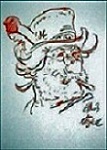
sealence - Messages: 7390
- Inscrit le: 11 Fév 2010 19:35
- Localisation: Au bagne
Re: Roselli le Club
Avec mon arrivage du jour j'ai le choix entre une petite et une plus grande lame 
En décembre, j'étais partis pour acquérir un carpenter en uhc et puis au final je me retrouve avec le hunter et le grandfather en w75. Ce qui ne m'empêchera pas un jour de craquer pour le carpenter en uhc. Ces roselli ça fait un peu beaucoup penser à de l'outillage de jardin mais de qualité et avec un côté authentique. les étuis vont avoir vite droit à un petit frottage d'huile de lin ! là ça fait peau de cochon.
Au niveau des prix sur le net, la disparité est assez impressionnante. Certaines boutiques sont largement au dessus des prix affichés sur le site de roselli et d'autres sont légèrement en dessous.
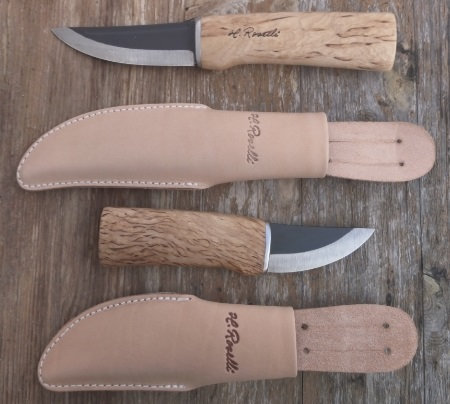
En décembre, j'étais partis pour acquérir un carpenter en uhc et puis au final je me retrouve avec le hunter et le grandfather en w75. Ce qui ne m'empêchera pas un jour de craquer pour le carpenter en uhc. Ces roselli ça fait un peu beaucoup penser à de l'outillage de jardin mais de qualité et avec un côté authentique. les étuis vont avoir vite droit à un petit frottage d'huile de lin ! là ça fait peau de cochon.
Au niveau des prix sur le net, la disparité est assez impressionnante. Certaines boutiques sont largement au dessus des prix affichés sur le site de roselli et d'autres sont légèrement en dessous.

-

geiser - Messages: 1172
- Inscrit le: 26 Aoû 2016 15:07
Qui est en ligne ?
Utilisateurs parcourant actuellement ce forum : Aucun utilisateur inscrit et 8 invités



